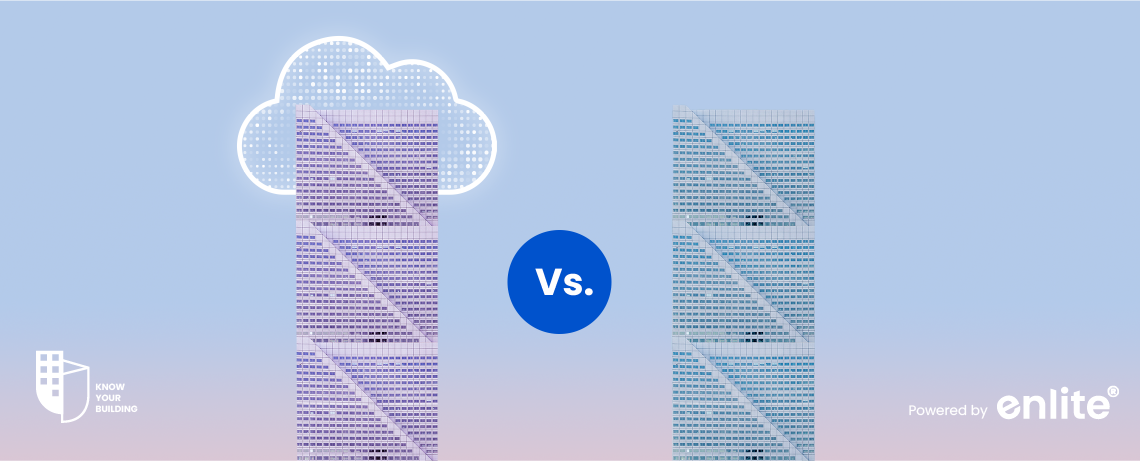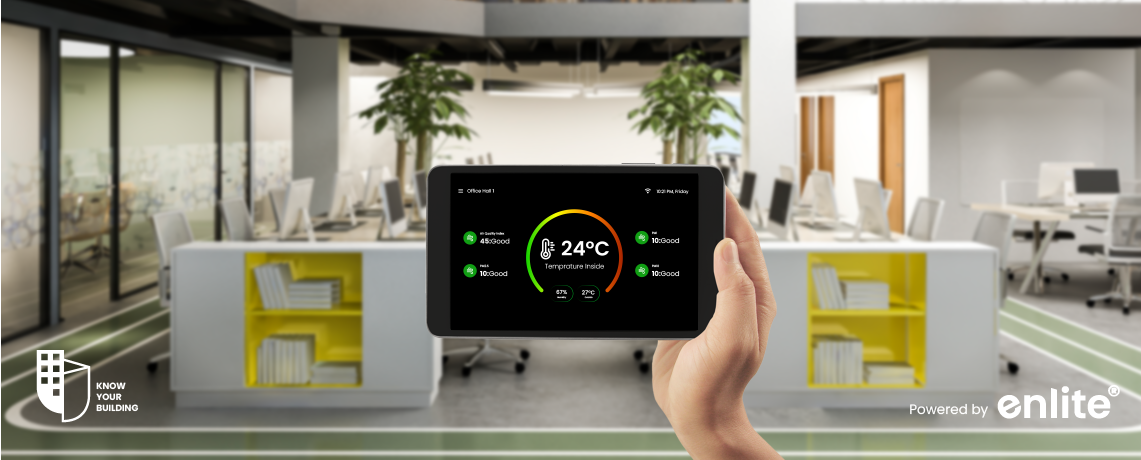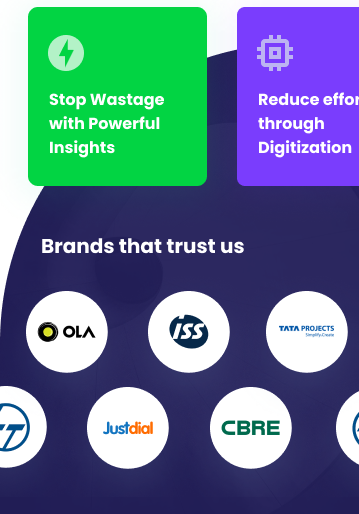Cloud-Native vs. Traditional BMS – Which One is Right for You?
The world of Building Management Systems (BMS) is evolving. Gone are the days when a BMS was just a complex, on-site network of wires and sensors. Now, we’re seeing a rise in cloud-native solutions, offering a new paradigm for building automation and control. But which approach – traditional or cloud-native – is right for your building? This blog post breaks down the key differences to help you make an informed decision.
Traditional BMS – The On-Premise Veteran
Traditional BMS solutions have been the standard for decades. Here’s a look at their characteristics:
Key Features:
- On-Premise Infrastructure: The core of a traditional BMS is housed entirely within the building. Servers, controllers, and software all reside locally.
- Direct Hardware Control: These systems typically communicate directly with building equipment (HVAC, lighting, security, etc.) through wired connections and proprietary protocols.
- High Upfront Costs: Traditional BMS involves significant upfront investment in hardware, software licenses, and installation.
- Limited Remote Access: Remote access, if available, is often cumbersome, requiring VPNs or dedicated connections. It’s typically designed for specialized technicians, not general users.
- Scalability Challenges: Scaling a traditional system to accommodate new equipment or building expansions can be complex and costly, often requiring hardware upgrades and significant configuration changes.
- Maintenance Intensive: On-site servers require ongoing maintenance, updates, and security patches, often handled by dedicated IT staff or external contractors.
- Data Silos: Data is often locked within the on-premise system, making it difficult to integrate with other building systems or platforms for broader analysis.
Pros of Traditional BMS:
- Data Security (Perceived): Some organizations feel more secure keeping data within their own four walls, though this perception doesn’t always equal reality. Properly configured cloud systems can be extremely secure.
- Independence from Internet: Operations are not dependent on an internet connection (except for remote access).
- Direct Control: Provides granular, direct control over building systems, which can be important for highly specialized or critical environments.
Cons of Traditional BMS:
- High Costs: Significant upfront and ongoing costs.
- Limited Flexibility and Scalability: Difficult and expensive to adapt to changing needs.
- Complex Management: Requires specialized expertise for maintenance and operation.
- Limited Remote Access and Collaboration: Hindered collaboration and real-time insights.
- Data Isolation: Limits the potential for data-driven optimization.
Cloud-Native BMS – The Agile Innovator
Cloud-native BMS leverages the power of cloud computing to offer a more flexible and accessible approach to building management.
Key Features:
- Cloud-Based Infrastructure: The core of the system resides in the cloud (e.g., AWS, Azure, Google Cloud).
- IoT Connectivity: Utilizes Internet of Things (IoT) devices and protocols to connect to building equipment. This often involves gateways that translate between traditional building protocols and internet-friendly protocols.
- Lower Upfront Costs: Typically subscription-based, reducing initial investment.
- Anywhere Access: Accessible from any device with an internet connection (web browser, mobile app).
- Scalability and Flexibility: Easily scalable to accommodate changes in building size or equipment. New features and updates are often deployed automatically.
- Automated Maintenance: The cloud provider handles server maintenance, updates, and security.
- Data Integration: Easily integrates with other cloud-based services and platforms for advanced analytics, reporting, and automation.
Pros of Cloud-Native BMS:
- Lower Total Cost of Ownership (TCO): Reduced upfront costs and ongoing maintenance expenses.
- Enhanced Accessibility and Collaboration: Remote access and user-friendly interfaces empower more stakeholders.
- Scalability and Flexibility: Easily adapts to changing needs.
- Data-Driven Insights: Facilitates data analysis and optimization through integration with other platforms.
- Automated Updates and Maintenance: Reduces the burden on IT staff.
- Future-Proofing: Designed to embrace new technologies and integrations.
Cons of Cloud-Native BMS:
- Internet Dependency: Requires a reliable internet connection for full functionality.
- Data Security Concerns (Potential): Requires careful consideration of data security and vendor selection. Choose providers with robust security certifications and practices.
- Vendor Lock-in: Switching providers can be complex, though increasingly standardized protocols are mitigating this risk.
- Latency (Potentially): In some scenarios, latency (the delay in communication between the device and the cloud) can be a factor, though this is usually negligible for most BMS applications.
Making the Right Choice – Key Considerations
The best choice between cloud-native and traditional BMS depends on your specific needs and priorities. Consider the following:
- Budget: Cloud-native solutions often have lower upfront costs and a more predictable, subscription-based pricing model.
- Building Size and Complexity: Cloud-native systems are generally more scalable and adaptable for large or complex buildings, or those undergoing frequent changes.
- IT Resources: If you have limited in-house IT expertise, a cloud-native solution can significantly reduce the management burden.
- Data Security Requirements: Both options can be secure. Carefully evaluate the security practices of any vendor, regardless of deployment model.
- Connectivity: Ensure you have a reliable, high-speed internet connection if opting for a cloud-native BMS.
- Integration Needs: If you need to integrate your BMS with other systems (e.g., energy management, space utilization), a cloud-native solution often offers more seamless integration capabilities.
- Future Plans: Consider your long-term goals for building management and automation. A cloud-native system is generally better positioned to adapt to future technological advancements.
The Bottom Line
Cloud-native BMS is rapidly gaining traction as the preferred solution for many organizations. Its flexibility, scalability, and cost-effectiveness make it a compelling alternative to traditional on-premise systems. However, traditional BMS still holds a place for specific use cases where absolute control and independence from the internet are paramount. Carefully weigh the pros and cons of each approach based on your unique circumstances.
Know Your Building https://knowyourbuilding.com














